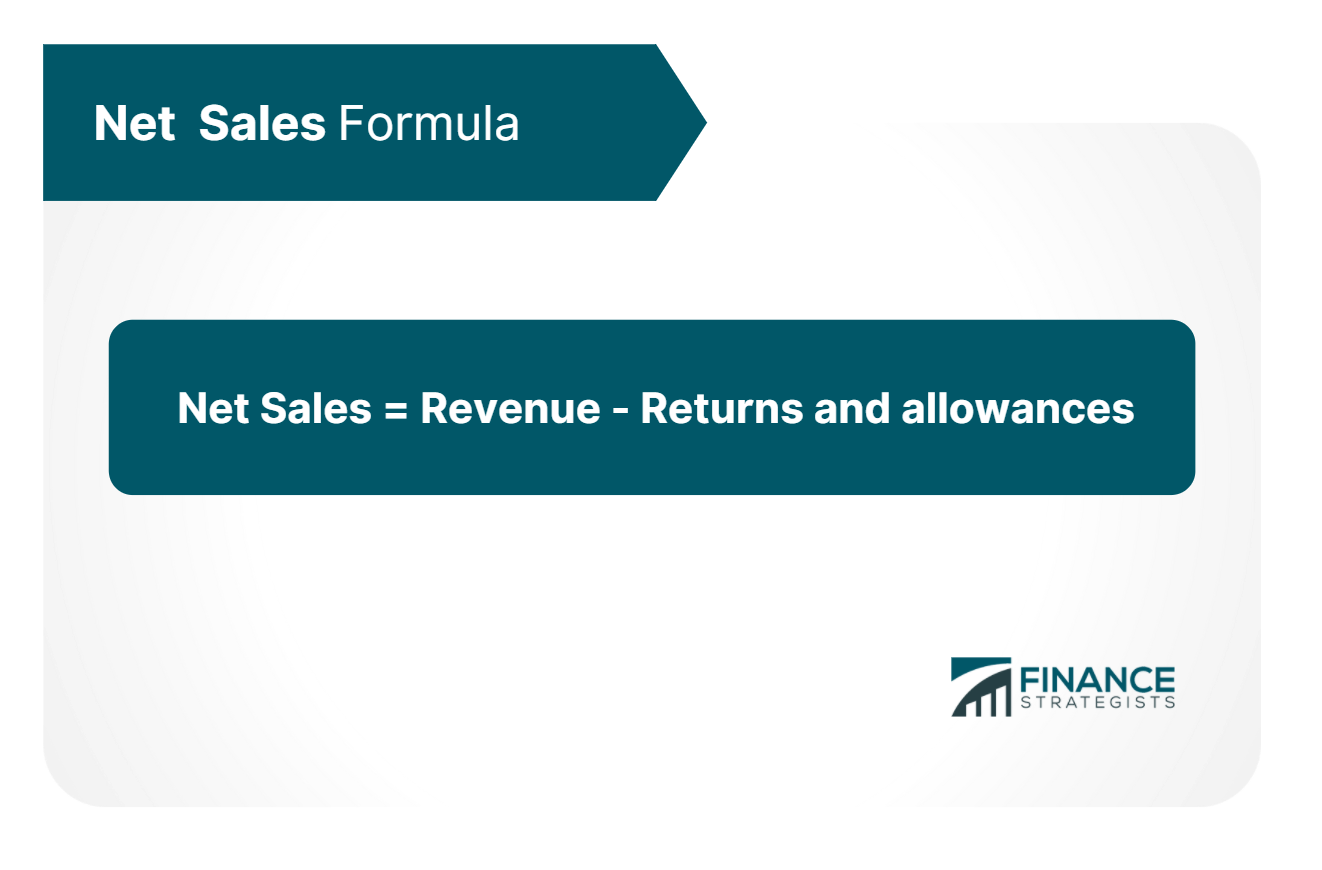An inventory profit is a difference between what it costs you to buy an item and how much you sell it for. It helps businesses determine the profitability of their inventory, which further affects other business decisions such as purchasing items or producing products. It can also be used in conjunction with other metrics to evaluate the financial health of a company. To calculate the inventory profit a seller must use a formula to determine the difference between what it costs them to buy an item and how much they sell it for. This will allow them to see if they have made a profit from the sale of that product. You should consider calculating your inventory profits when you are considering making the changes to how much of an item is in stock. If you know that you make a profit on every sale, then it makes good business sense to increase the amount of inventory that you currently have. It can also be useful when doing comparisons against previous periods of time. One of the main reasons for it is to find out if your company is making a profit on its inventory. It also helps you know which products are more profitable than others and whether or not you should be carrying some items at all times instead of only when they are selling quickly. It is important to use when making comparisons against previous periods of time or companies in your industry. Not calculating the inventory profits may mean that you miss out on potential sales, especially if one of your products is cheaper than your competitors’ price but you don’t have as much of the product in stock. In some cases not calculating the inventory profits can lead to a loss of money due to having to pay for storage costs. It also leads to a higher risk for your customers as customers often want refunds or exchanges if their order is late. An item will become part of the inventory when you buy it and put it away for future use. This does not mean that you necessarily have to sell it, but it means that it is no longer in your possession. There are two different ways you can do this either with physical stock or through an electronic system such as a database. Gross margin is a metric used to analyze companies by taking their net sales and subtracting what they paid for their goods and services, or the cost of goods sold (COGS). Net sales, on the other hand, can be calculated as either revenue or sales minus what you return to your suppliers. The formula for calculating the net sales is: In addition to inventory profits, it may be beneficial to determine the cost of goods sold, and operating profit or loss for your business, cash flow and return on assets. The information gained from these calculations can help you make well-informed business decisions in regards to how much inventory is necessary, what type of product should be purchased when it should be purchased and which items to keep in stock. One example of how inventory profit is used is when a company pays closer attention to its inventory costs and expenses. It can also be used as a tool to monitor how well your business is doing against its competitors. For example, if one of your competitors has a higher inventory profit margin than you, you may want to find out how they are doing this so that you can compare yourself against them. Overall, calculating the inventory profits is beneficial because it allows businesses to have more information when making critical business decisions. Calculating the inventory profits allows businesses to be more efficient in their purchasing decisions, helps them monitor how well they are doing against their competitors and can lead to higher sales because of happier customers. The drawback of not calculating the inventory profit is that you lose out on potential sales, your customers have a lower chance of being satisfied and you have to pay for storage costs.How to Calculate the Inventory Profit
When Should You Consider Calculating Your Inventory Profits
The Importance of Calculating Your Inventory Profits
The Drawbacks of Not Calculating the Inventory Profit
When Does an Item Become Part of the Inventory
The Difference Between Gross Margin and Net Sales

Calculating Other Costs and Expenses That May Affect the Profitability of a Business
Examples of How the Inventory Profit Can Be Used in a Business
The Bottom Line
Inventory Profit FAQs
Inventory profits are the difference between the selling price and the inventory value of a product.
The equation for calculating inventory profits is: Inventory Profit = Selling Price - Inventory Value.
An example of how inventory profit can affect a business is when a company pays closer attention to its inventory costs and expenses.
One benefit of calculating your inventory profits is that you will have more information when making critical business decisions.
Some drawbacks of not calculating the inventory profit are that there will be lost potential sales, customers have a lower chance of being satisfied, and storage costs.
True Tamplin is a published author, public speaker, CEO of UpDigital, and founder of Finance Strategists.
True is a Certified Educator in Personal Finance (CEPF®), author of The Handy Financial Ratios Guide, a member of the Society for Advancing Business Editing and Writing, contributes to his financial education site, Finance Strategists, and has spoken to various financial communities such as the CFA Institute, as well as university students like his Alma mater, Biola University, where he received a bachelor of science in business and data analytics.
To learn more about True, visit his personal website or view his author profiles on Amazon, Nasdaq and Forbes.











